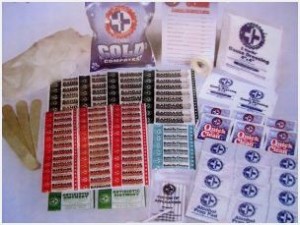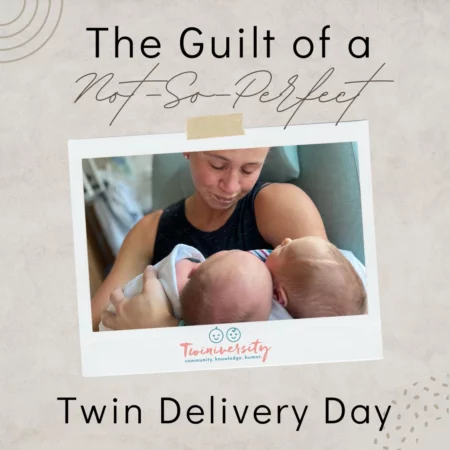Last updated on December 3rd, 2023 at 11:50 am
Accidents happen every day. Most of them are small and only require a kiss to make them better. But sometimes, first aid is required. Being prepared is the key when these events happen so we can remain calm and take care of our child, or whoever needs our loving care. Having a stocked and up-to-date first aid kit is important in these instances. Do you have one in your home? Do you know what’s in it? Do you know how to use the items? Is anything expired? If you are building a new kit or updating one you already have, here are some tips to know how to be prepared.
Where should you store a first aid kit
It should be stored in a cool, dry place and be readily available to adults, but out of reach from children. Do not store it in the bathroom where it can get moist. Make sure everyone in the house knows where it is, including anyone who comes to care for your children while you are away. A first aid kit should also be kept in your vehicle. You never know when a fall at the park may require some bandaging or a sudden allergic reaction needs to be addressed.
What should be in your first aid kit? This is an adapted list recommended by the American Red Cross:
- 2 absorbent compress dressings (5 x 9 inches)
- 25 adhesive bandages (assorted sizes)
- 1 adhesive cloth tape (10 yards x 1 inch)
- 5 antibiotic ointment packets (approximately 1 gram)
- 5 antiseptic wipe packets
- 2 packets of aspirin (81 mg each)
- 1 blanket (space blanket)
- 1 breathing barrier (with one-way valve)
- 1 instant cold compress
- 2 pair of nonlatex gloves (size: large)
- 2 hydrocortisone ointment packets (approximately 1 gram each)
- Scissors
- 1 roller bandage (3 inches wide)
- 1 roller bandage (4 inches wide)
- 5 sterile gauze pads (3 x 3 inches)
- 5 sterile gauze pads (4 x 4 inches)
- Oral thermometer (non-mercury/nonglass)
- 2 triangular bandages
- Tweezers
- Clean towel
- First aid instruction booklet
- An emergency contact list (include numbers of doctors, poison control, name and number of preferred hospital, insurance information, numbers of close family relatives/friends in case you can’t be reached, and the address of your location with the nearest cross streets in case the caregiver needs to tell first responders how to locate you.)
- CPR instructions (this should be reviewed by the household from time to time)
Other things to add to your kit are specific medications needed for specific conditions. For example: Epi-pen, allergy medications, prescription medications needed in case of an event/episode. Make sure all these items are clearly marked with what the item/medication is, who it is for, and how to use it. You never know who may be administering emergency care to your child, or even yourself. It could be the neighbor, babysitter, grandmother, or even an older child.
Check your kit at least every six months (during daylight savings time is a good time to remember) to make sure no items are missing or out of date.
We hope that you never need more than a band-aid from your kit. Keep safe!
Jill Marcum – Twiniversity Community Manager






